

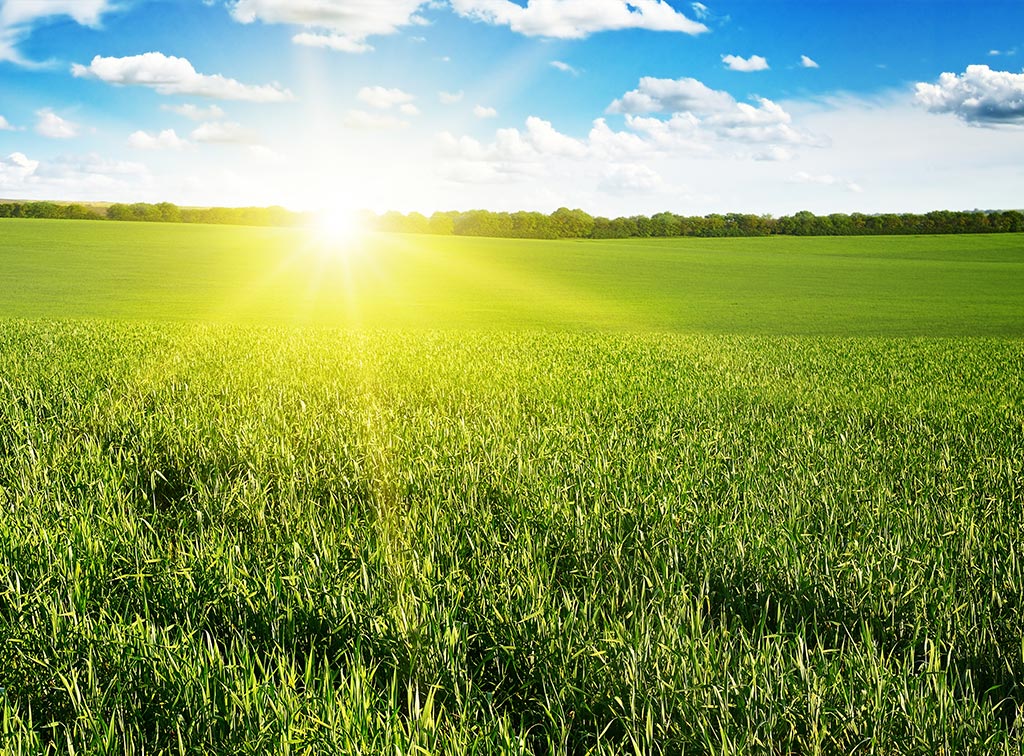
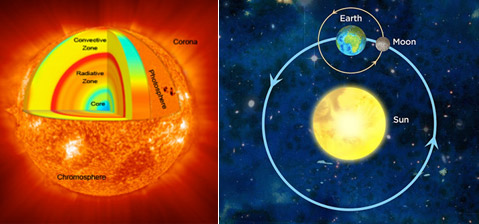
Light
The main source of light on Earth is the Sun. Sunlight provides the energy that green plants use to create sugars mostly in the form of starches, which release energy into the living things that digest them. This process of photosynthesis provides virtually all the energy used by living things.
Light goes through film

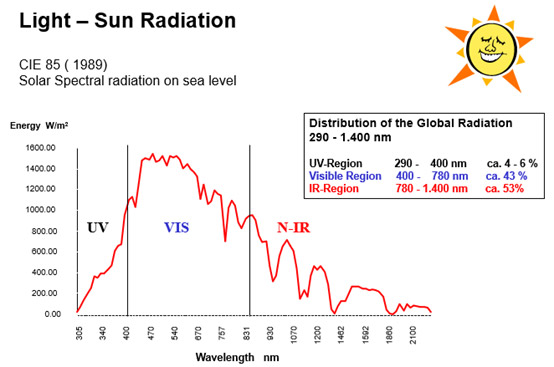
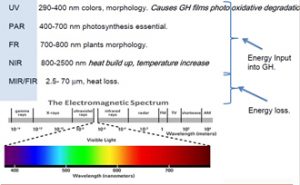
Solar radiation spectrum is usually divided into three main ranges, based on the wavelength measured in nanometers (nm):
Visible light – from 380 to 700 nm – overlaps in most parts with PAR.
Ultra Violet (UV)
UV ranges from 100 nm to 400 nm. The Ozone layer absorbs the short-wave part up to 290 nm. The UV range – although it is only 6% of the total radiation – is highly energetic and may cause film degradation.
More phenomena related to UV: UV is essential for the development of some colors and fragments in flowers, vegetables and fruits. On the other hand, blocking the UV suppresses activity of insects (Anti-Virus) as well as helping enhance film stabilization. UV blocking is needed while growing red roses. Some fungus species need UV light to trigger sporulation; hence, UV Blocking will slow down this process.

POLITIV variety of films are based on the most advanced technology of stabilizers and absorbers in order to get maximum lifetime, even under the highest radiation conditions.
POLITIV supplies wide film selection with several degrees of UV Blocking, starting from Anti-Virus and Anti Blackening, through Bee-friendly and UV Open or “Nectarine”. POLITIV TDS specifies the UV Transmission in the relevant ranges.
Photosynthetically Active Radiation & Visible Light
Light or visible light appears within the portion of the electromagnetic spectrum that can be perceived by the human eye. Visible light is usually defined as having wavelengths ranging from 380 nm to 740 nm.
More useful in agriculture is the Photosynthetically Active Radiation (PAR), ranging from 400 nm to 700 nm. This part of Light is essential to all plants. The irradiance of PAR can be measured in energy units (W/m2).
UV Vis instrument, used in POLITIV lab, calculates PAR percentage transmitted by the film when light flux is perpendicular to the film, according to the industry standards (such as EN 2155-5, ASTM D 1003 etc.).
POLITIV supplies wide film portfolio with different degrees of Light Transmission (LT).
INFRA RED (IR)
Infra-Red spectrum of light is the radiation ranging from 780 nm to 1 mm.
It is often divided into three sub-categories:
NIR range might contribute to overheating greenhouses. In hot areas, greenhouse’s inside-temperature may cause heat stress disorders in plants such as: water loss, enhanced water uptake, germination decreased and early seedling growth, reduced crop productivity, leaf curling and folding, dehydration, tips burning, etc.
POLITIV offers a variety of products enable to reduce extreme temperature in greenhouses: Milky, Smart Aluminum and Everest.
Far IR range (also referred as Thermal IR) enables greenhouse emitting energy back to the sky (during nights when there is no radiation coming in). Greenhouse temperature can drop down due to IR radiation (black body).
Thermal IR film will reduce heat loses during cold nights. POLITIV IR film designed to absorb most of the IR radiation in order to prevent energy losses.
Measuring IR range is done by FTIR. Thermicity is defined by the percentage of IR goes through the film ranging from 1400 cm-1 to 700 cm-1.
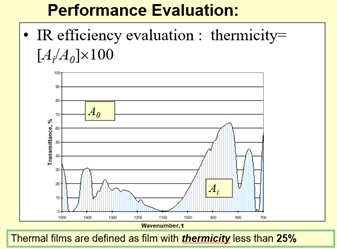
POLITIV Thermal IR film includes various items of changing thermicity, in combination with either transparent or diffused light transmission.
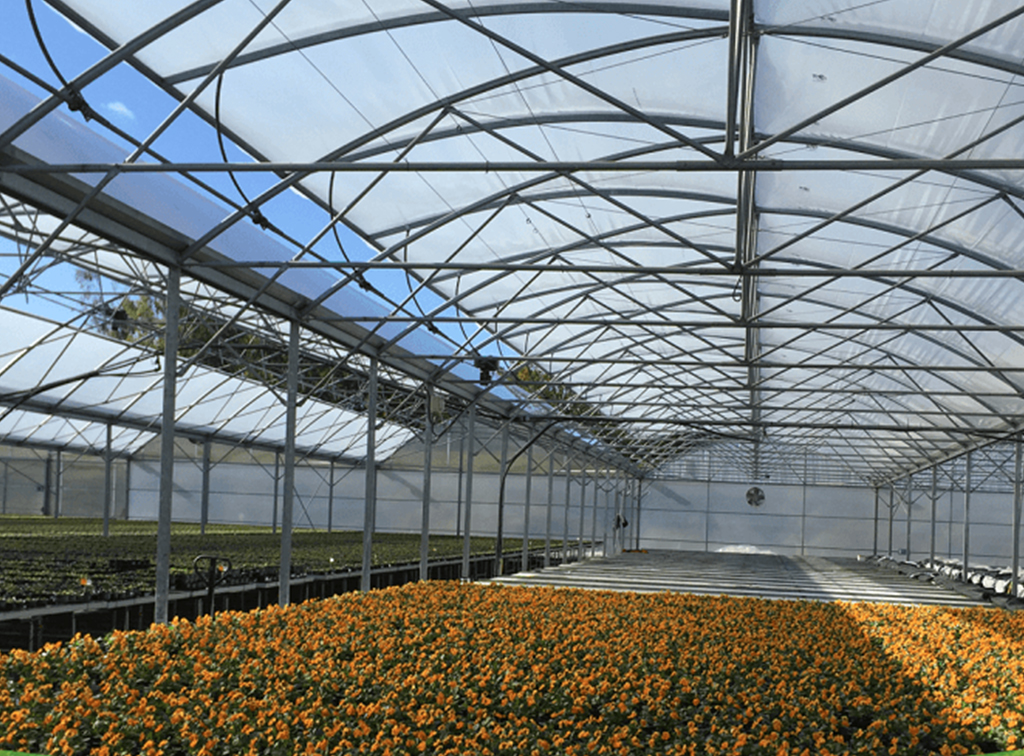
Followed by a significant R&D efforts, production and field trails, Politiv launched in 2015 a new revolutionary line of films – Diamond®. Its main features are: Highlight transmission; High and unique lightdiffusion; Highthermicity.
HIGH LIGHT TRANSMISSION
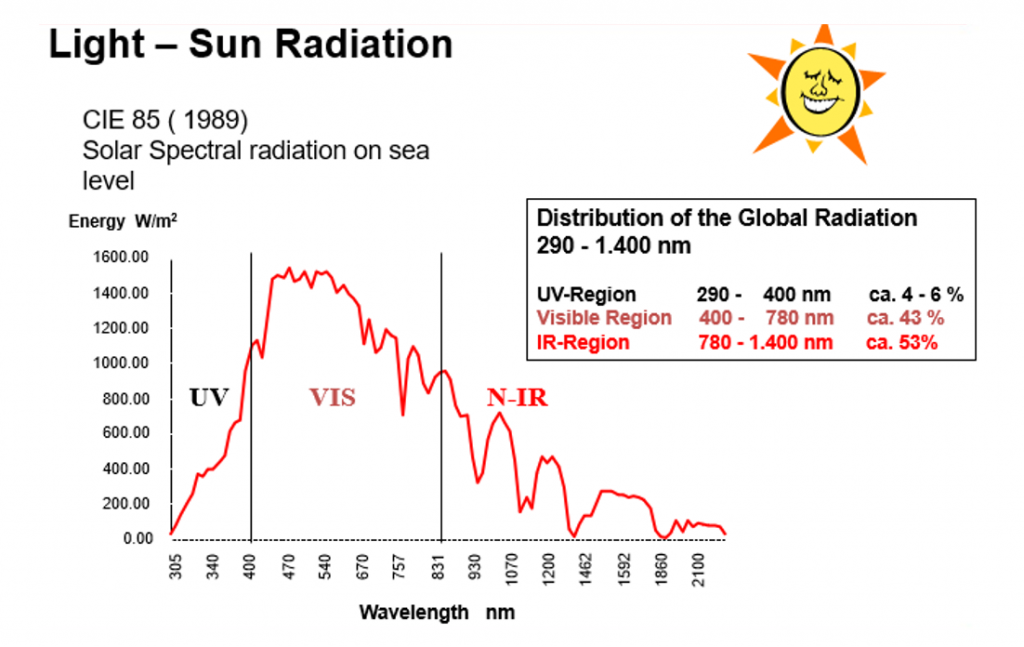
Light or visible light is electromagnetic radiation within the portion of the electromagnetic spectrum that can be perceived by the human eye. Visible light is usually defined as having wavelengths in the range of 400–700 nanometers (nm), between the infrared (with longer wavelengths) and the ultraviolet (with shorter wavelengths.
Photosynthetically Active Radiation (PAR) designates the spectral range (wave band) of solar radiation from 400 to 700 nanometers that photosynthetic organisms are able to use in the process of photosynthesis. This spectral region corresponds more or less with the range of light visible to human eyes. PAR is essential to all crops. Rule of thumb says 1% addition in Light means 1% addition in crop.
HIGH LIGHT DIFFUSION
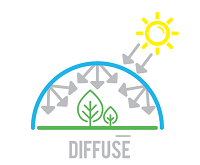 Diffused Light: Direct sunlight (undiffused light) can cause “shadow” effect and “sun burns”. Light diffuses
Diffused Light: Direct sunlight (undiffused light) can cause “shadow” effect and “sun burns”. Light diffuses
additives will scatter the direct light; thus, preventing the “shadow” effect and the “sun burns”. The light diffusion increases the photosynthetic efficiency by providing more homogeneous light from all directions. Light diffusion also gives advantage to growth with selfshading, such as cucumbers, tomatoes, squash, roses and others.
Diffused light, not only numbers. 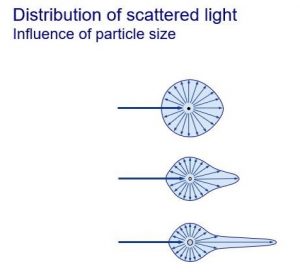
Apparently not only the amount of light diffused is important also the way the light is diffused play a special role in how the plants can benefit from the diffusion. By selecting the right raw material, we got the ideal combination between Light Transmission and Light Diffusion.
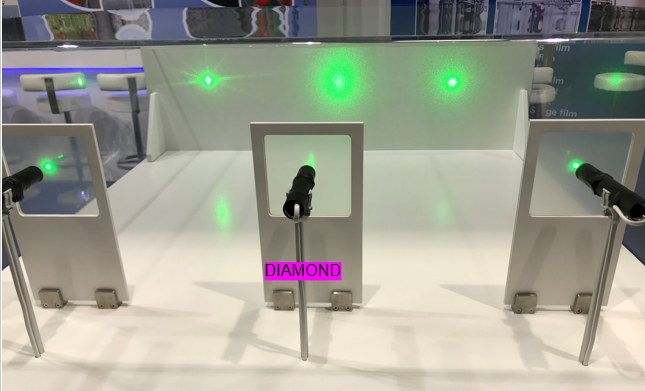
THERMICITY
Part of the energy radiation is in the IR range starting from 700 to 1,400 nm. This range is invisible to the human eye. IR energy is absorbed from the sun during day time. Part of the IR – thermal IR – is emitted during the night. As a result, the temperature in the Greenhouse is reduced. Blocking the IR radiation from the greenhouse to the atmosphere minimizes the heat losses and reduces the risk of freezing. It is highly important, especially in cold night areas, to protect the crop with good thermcity film – one that ensures that less than 15% of the IR escapes.
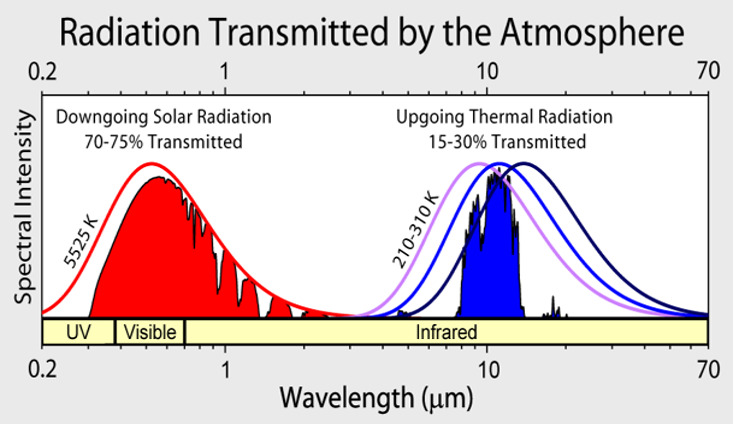
Current status
Diamond® films are sold successfully worldwide.
Diamond® 15 used in Oxnard California and in Mexico both areas with strawberries
and raspberries growers show increase in light transmission and diffusion.
Especially in high altitudes of 2,000m above sea level gave better yield, quality and
higher quantities.
Politiv, in collaboration with the University of Almeria, conducts an ongoing field trial
which compares Diamond® films with regular ones. So far, it appears that there is
an advantage in favor of Diamond film (final results expected in spring 2021).
In Huelva area, known as an important berry growing center, multi tunnels covered
with Diamond® show significant increase in yield.
Summary
Diamond ® range of film represents ideal combination of three factors:
Excellent light transmission for maximum yield;
Excellent light diffusion for best crop;
Excellent thermicity for minimum energy losses, risk of frost and heating costs.
All Diamond® films can be supplied with:
»Sulfur resistance up to 5,000 ppm S.
»AntiMist
»Improved strength
»Other properties by request
»AntiFog for cold or hot climate
»AntiDust
»Bee friendly and UV open
As always, we are happy to set a new bar in the field of plastic products for industry and agriculture, and to provide our customers with every need.
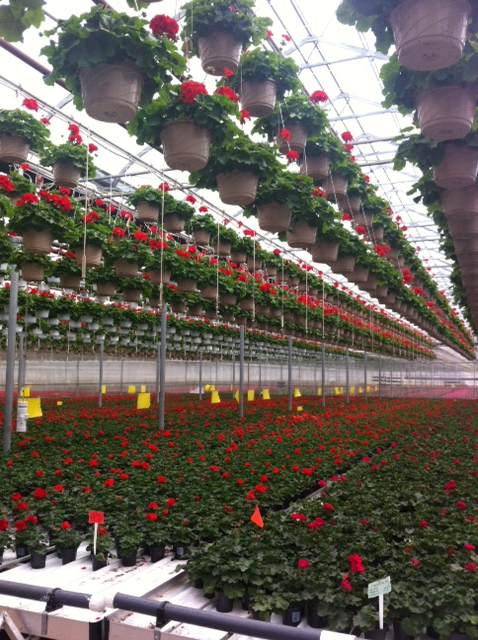
Solar radiation and its effect
Solar radiation reaches the earth as a wide spectrum, 250 nm – 2800 nm. As can be seen in the following chart, this spectrum can be divided to three major ranges:
I- UV range: 250-400 nm
II- Visible range: 400-700 nm
III- Infra red range: 700-2800 nm

Each range has a different effect on the plastic film, plant, insects and bees:
I- Infrared radiation : has the weakest radiation and is expressed as heat. This radiation has no effect on the plastic or the insects in general.
II- PAR range (visible light): the plants use the visible light (PAR range) for the photosynthetic process, so it has a high influence on the plant behavior. On the plastic film it has no influence.
III- The UV range: has the highest and most aggressive energy. It has huge effect on the plastic film, insects and has effect on the red pigment development in plants.
a. Effect on the plastic: the UV irradiation damages the chemical bonds in the plastic and as result the plastic will degrade overtime. ( UV Degradation) In order to avoid early degradation UV stabilizers are used. There are many factors that influence the films’ UV stability, like UV content and type, films’ thicknesses, climate, agrochemicals and others.
b. Plants: In plastic ilm the UV irradiation transmission can be controlled depending on the additives that is used, it’s possible to block the UV irradiation up to 380 nm totally as in anti-virus or anti-blackening films, semi-blocking films up to 350 nm or UV opened films with the highest transmission at the range.
The UV irradiation has a effect on the red pigment development. In some cases, like in red roses, the UV irradiation should be block to avoid blacking while with Bi-color roses, red lettuce and Nectarine maximum transmission in the UV range is required.
Red Roses
Bi-color Roses

c. Effect on the Insects: in order to limit virus’s infection in the greenhouse, insects should be limited in the greenhouse. The insects need the UV irradiation to recognize the plants, thus, by blocking the UV irradiation the virus carring insect presence in the greenhouse will be limited and the insects’ reproduction will be limited also leading to less infections.

d. Effect on the Pollinating bees: The Pollinating bees (honey bees and Bumble/Bombus bees) are sensitive to the UV range mostly and partly the visible light as in the following draw:

the effect on the honey bees is more dramatic than the Bumble bees. The honey bees fly much higher that the Bumble bees and when the UV irradiation is fully blocked the bees fly toward the plastic therefore there pollination efficiency drops, trials were made in Israel, we found that Bumble bees can work perfectly under films that block the UV irradiation, while the honey bees activity was very low under theses film and very active under films have high transmission at the UV range.
In Politiv we produce wide range of films with different properties, all designed according to the customer requirements and needs.
